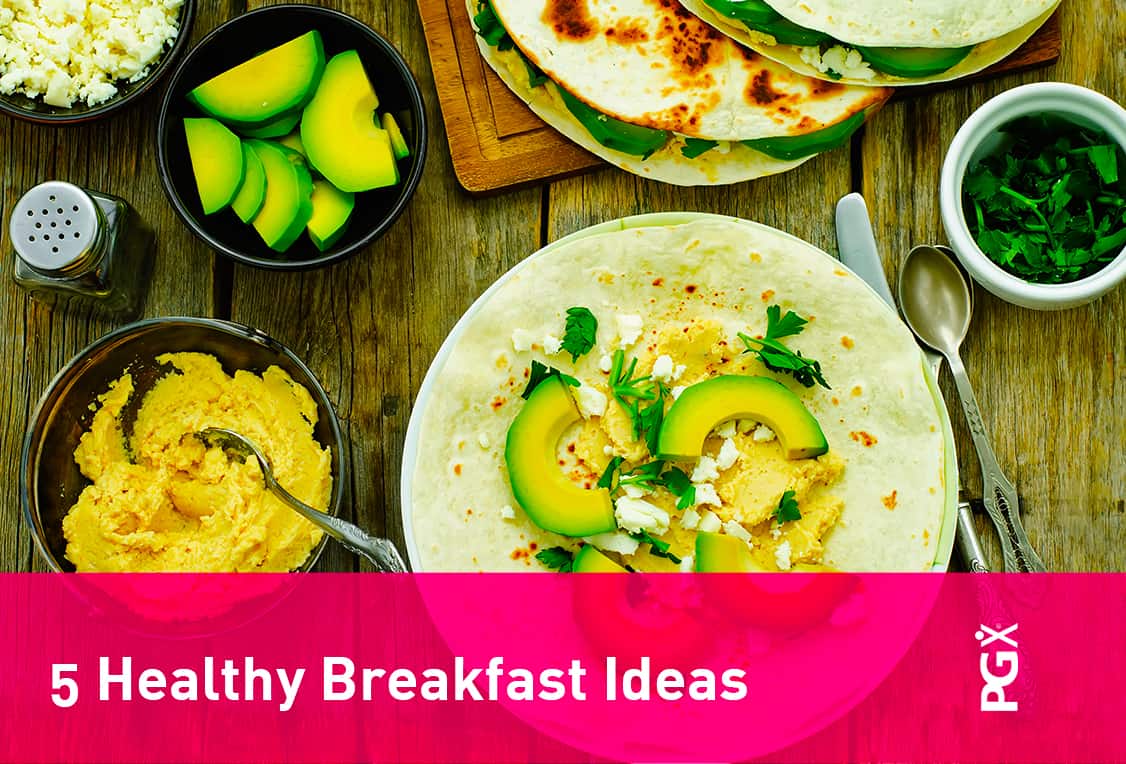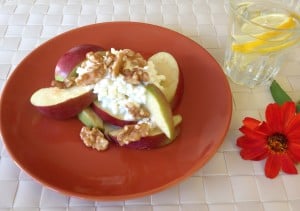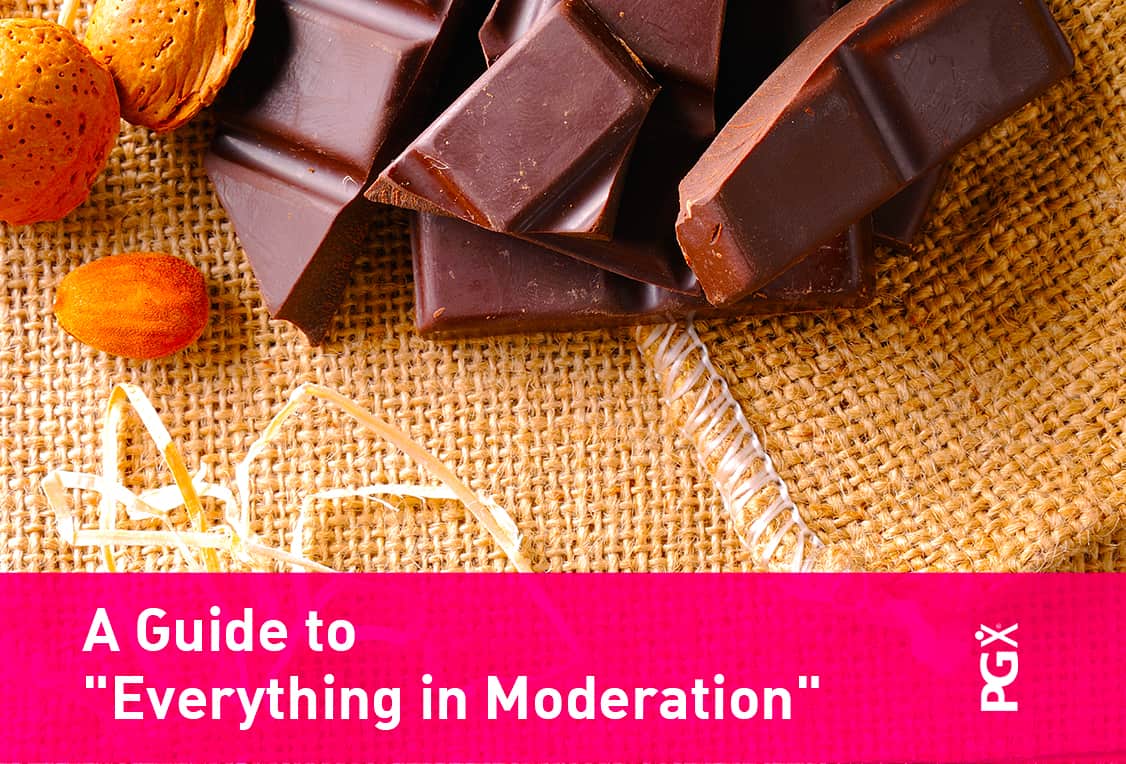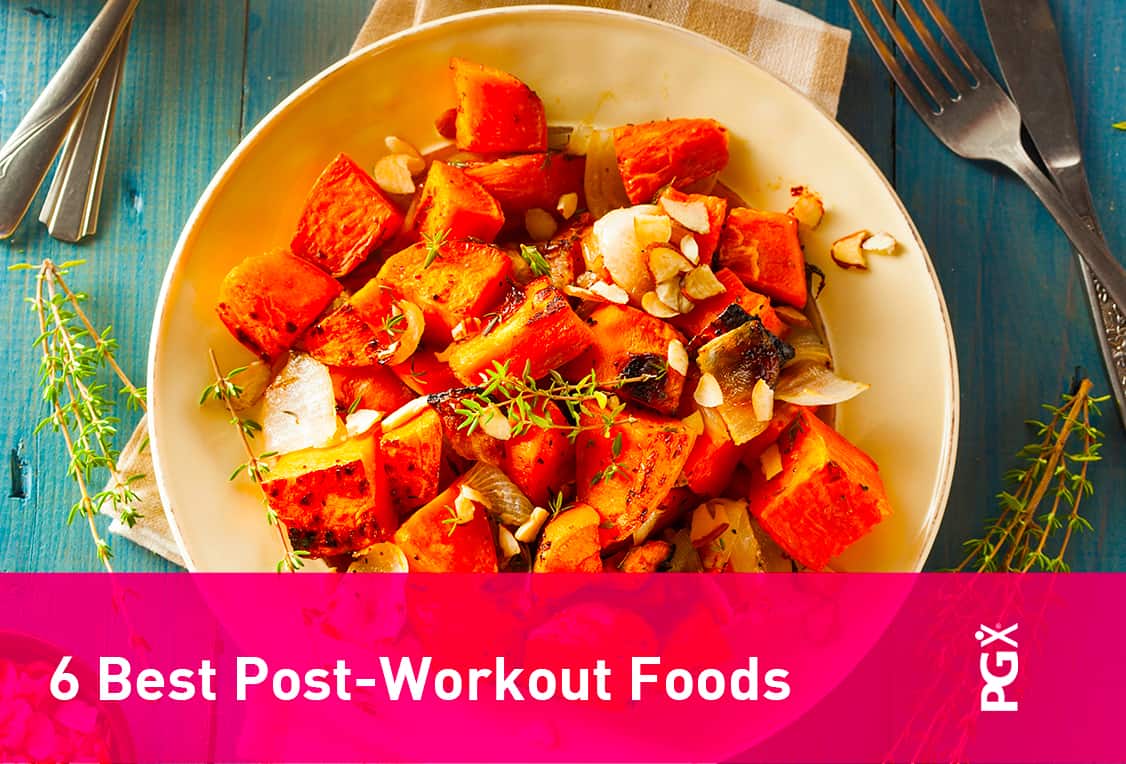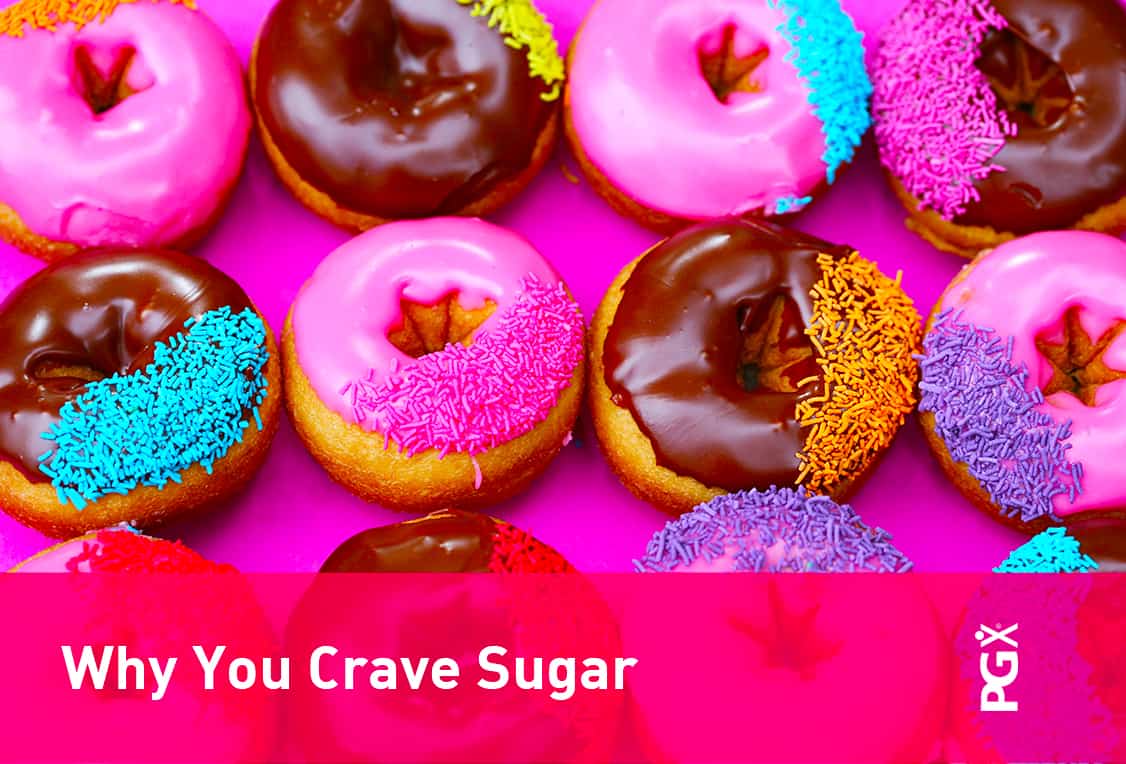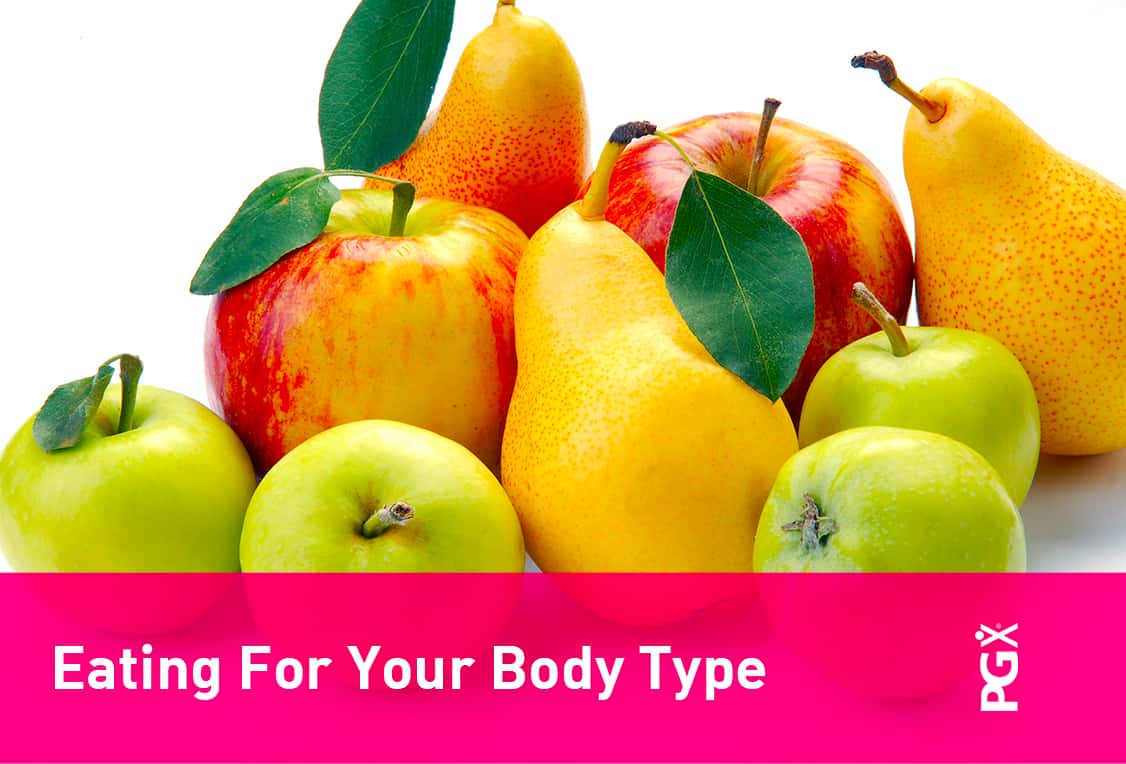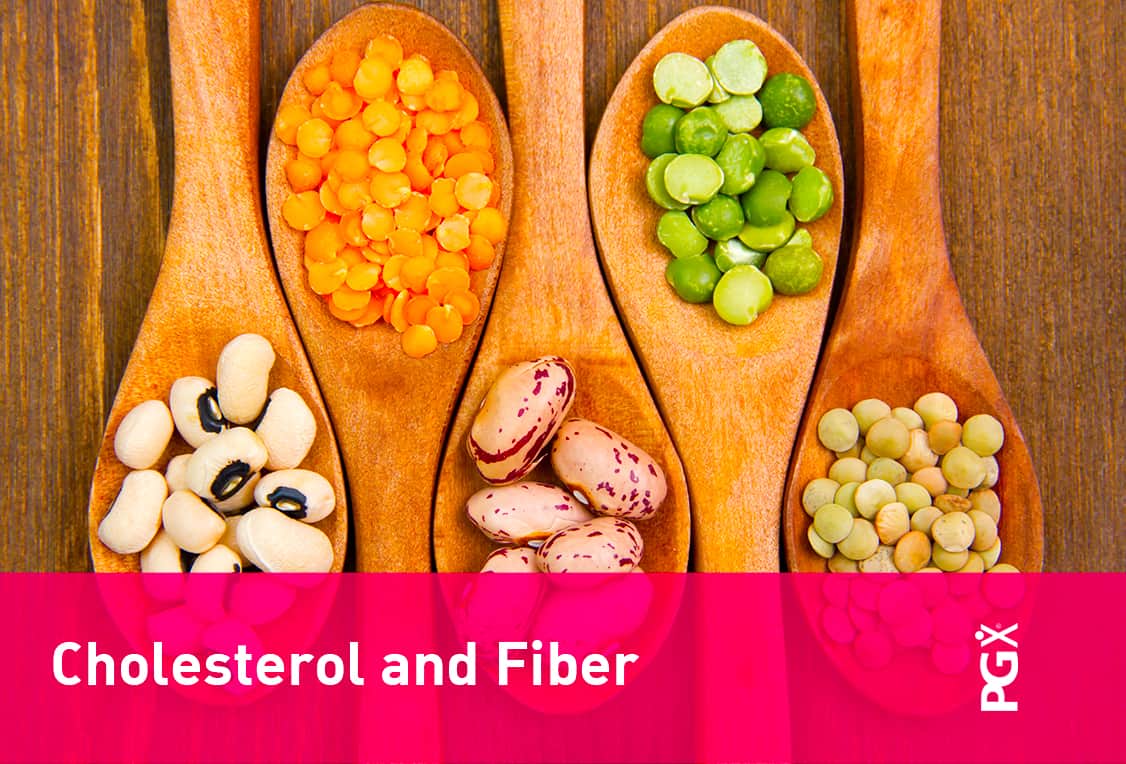4 Moves to Build Body Strength
When you think of what it means to be in shape, what does that mean to you?
To me, being healthy and in shape means that you work out because you love your body, not because you feel the need to change it. You embrace it, not hate it. You push yourself for the ultimate goal of building strength and long-term health. Pairing weight training, total body cardio, and a good attitude are three perfect ways of doing just that.
Working out for aesthetic purposes can get tiring. You’re pushing yourself mainly to improve your outward appearance and not truly focusing on what your body wants.
So, let’s focus on strength today! The following 4 exercises are great weight-training moves that help build muscular strength.
1. Squat
Simple movements, like a squat, can help build strength. As you get more and more comfortable with your squat, you can begin to add weight. Whether you add a barbell (with or without weights) or utilize free weights, your form is key and I urge you to work with a personal trainer to ensure it is correct. As you add weight, you will likely take off repetitions.
Squats will not only help you build muscles in your legs, but they also promote body-wide muscle building [1]. As you squat, testosterone and human growth hormones are released which aid in improving muscle mass when you train other areas of your body [2].
2. Shoulder Press
Because the shoulder joint is one of the most movable and unstable joints in the body, it’s important to strengthen the muscles that surround it. Everyday movements, like putting a heavy box on a top shelf and lifting up grocery bags, use those muscles; just another reason to maintain strength here!
The basic shoulder press is a great push exercise to help you gain strength in your upper body. Just like the squat, as you gain confidence with this exercise (in right form), you can begin to add more weight. You can also do a shoulder press with a barbell or free weights either sitting or standing.
3. Bench Press
Another great push exercise is the bench press. Known as the “universal lift” by weight trainers across the nation, this exercise not only uses your chest but basically every muscle in your upper body! Just like the previous two exercises, you can add weight as you become comfortable, and it can be done as a chest press with dumbbells or a barbell press on a bench. This exercise can be done on a straight bench, decline or incline. The difference in angles simply targets different areas of your chest.
4. Pull Up
To my ladies, I know how difficult these are. Honestly, I can probably only do a few pull ups right now. It’s an exercise that you need to work on (gradually) until the muscles in your upper body work together.
Pull ups are great because they can be done virtually anywhere, like outside utilizing a tree branch, or at an elementary school on the monkey bars. Pull ups, like squats, are a compound body movement which can release human growth hormone when done correctly [3]. If you cannot do a pull up on your own, start off with a lat pull down or an assisted pull up machine.
References:
[1] Mercola, Dr. “8 Reasons to Do Squat Exercises.” Mercola.com. Fitness Peak, 25 May 2012. Web. 27 Nov. 2015.
[2] Mercola, Dr. “8 Reasons to Do Squat Exercises.” Mercola.com. Fitness Peak, 25 May 2012. Web. 27 Nov. 2015.
[3] Meyers, Anthony. “6 Benefits Of Pullups – Muscle Class.” Muscle Class. N.p., 14 Nov. 2011. Web. 27 Nov. 2015.


